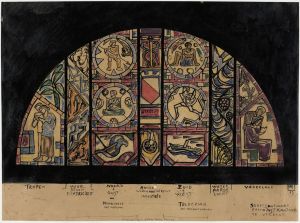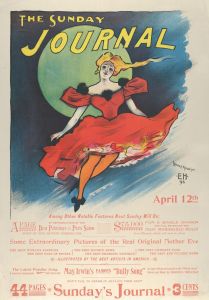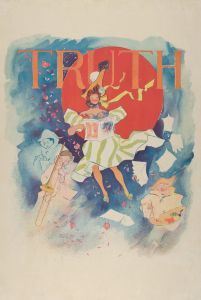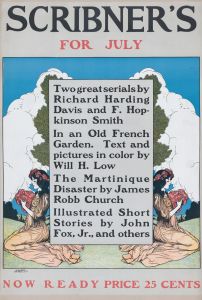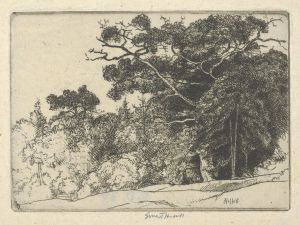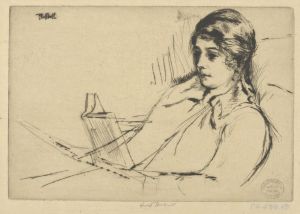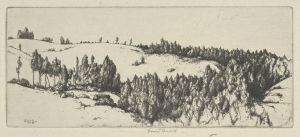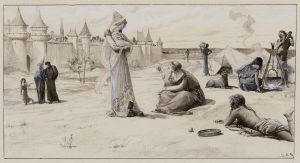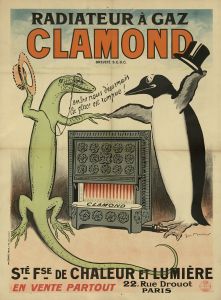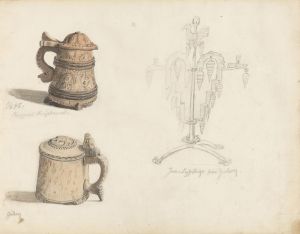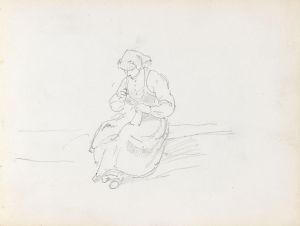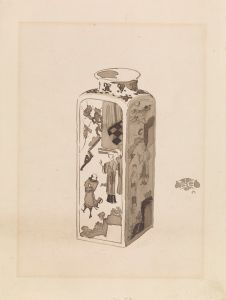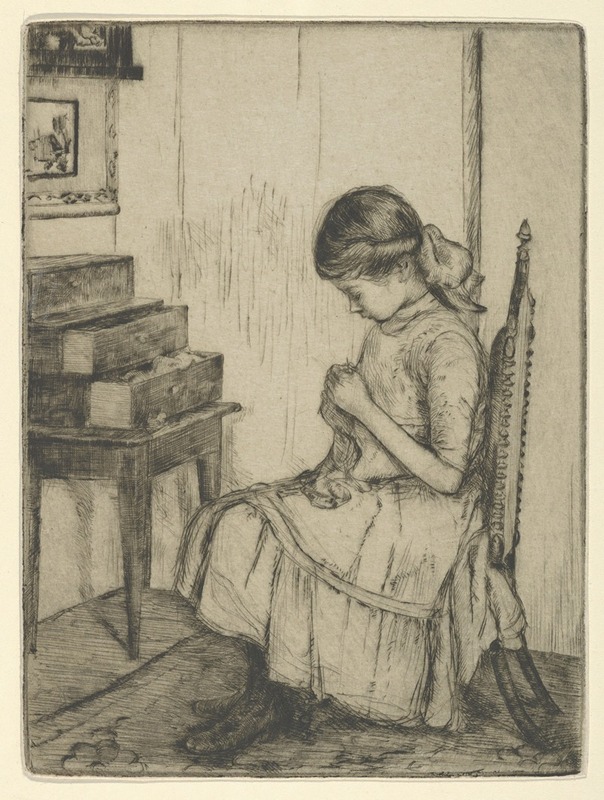
Darning
A hand-painted replica of Ernest Haskell’s masterpiece Darning, meticulously crafted by professional artists to capture the true essence of the original. Each piece is created with museum-quality canvas and rare mineral pigments, carefully painted by experienced artists with delicate brushstrokes and rich, layered colors to perfectly recreate the texture of the original artwork. Unlike machine-printed reproductions, this hand-painted version brings the painting to life, infused with the artist’s emotions and skill in every stroke. Whether for personal collection or home decoration, it instantly elevates the artistic atmosphere of any space.
Ernest Haskell was an American artist known for his contributions to illustration, printmaking, and painting during the late 19th and early 20th centuries. Born on June 30, 1876, in West Woodstock, Connecticut, Haskell developed a reputation for his detailed and expressive works, which often included portraits, landscapes, and genre scenes. Among his diverse body of work is the painting "Darning," which exemplifies his skill in capturing everyday life with sensitivity and precision.
"Darning" is a painting that reflects Haskell's interest in depicting ordinary activities with a sense of intimacy and realism. The artwork portrays a figure engaged in the act of darning, a traditional method of repairing fabric, typically by hand. This subject matter aligns with Haskell's broader artistic focus on capturing the nuances of daily life and the quiet dignity of domestic tasks. The painting is characterized by its attention to detail, particularly in the rendering of textures and the play of light and shadow, which are hallmarks of Haskell's style.
Haskell's artistic career was marked by his versatility and ability to work across different mediums. He initially gained recognition as an illustrator, contributing to various magazines and publications. His work in illustration was noted for its intricate line work and ability to convey narrative depth. Haskell later expanded his repertoire to include etching and lithography, becoming one of the prominent figures in the American printmaking scene of his time. His prints often explored themes similar to those in his paintings, focusing on both the human figure and the natural world.
In addition to his technical skills, Haskell was known for his innovative approaches to composition and his ability to capture the emotional essence of his subjects. His works often convey a sense of stillness and contemplation, inviting viewers to engage with the subtleties of the scene. This quality is evident in "Darning," where the simplicity of the subject is elevated through Haskell's thoughtful composition and use of color.
Throughout his career, Haskell exhibited his works in various galleries and exhibitions, earning acclaim from both critics and the public. His contributions to the arts were recognized by his peers, and he was associated with several artistic societies and groups. Despite facing personal challenges, including the loss of his wife and son, Haskell continued to produce art that resonated with audiences for its beauty and emotional depth.
Ernest Haskell's legacy as an artist is preserved through his diverse body of work, which continues to be appreciated for its technical mastery and evocative quality. "Darning" stands as a testament to his ability to find artistry in the everyday and to convey the quiet moments of life with grace and sensitivity. Today, Haskell's works can be found in various public and private collections, where they continue to inspire and captivate viewers with their timeless appeal.





